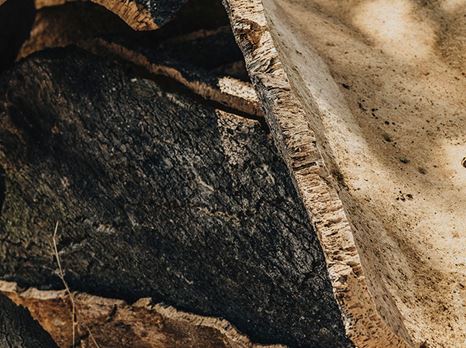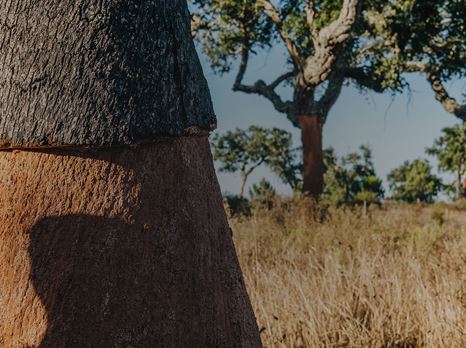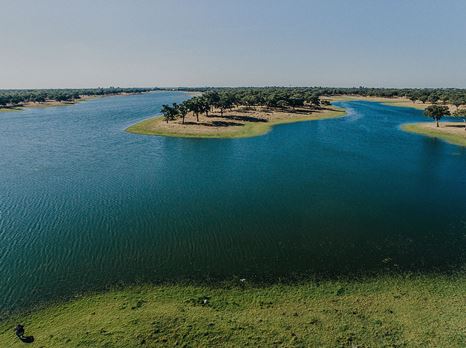Is cork good for your health?
Yes. Research carried out by University of Porto reveal that cork has antioxidant and anti-carcinogenic properties. The University of Bordeaux II also discovered that cork stoppers pass those health-giving properties to the wine. Furthermore, when it is applied to flooring and footwear, cork contributes to improve posture and reduce physical effort.




